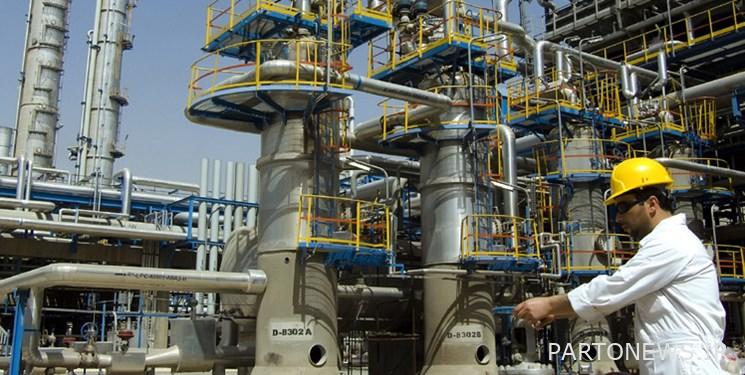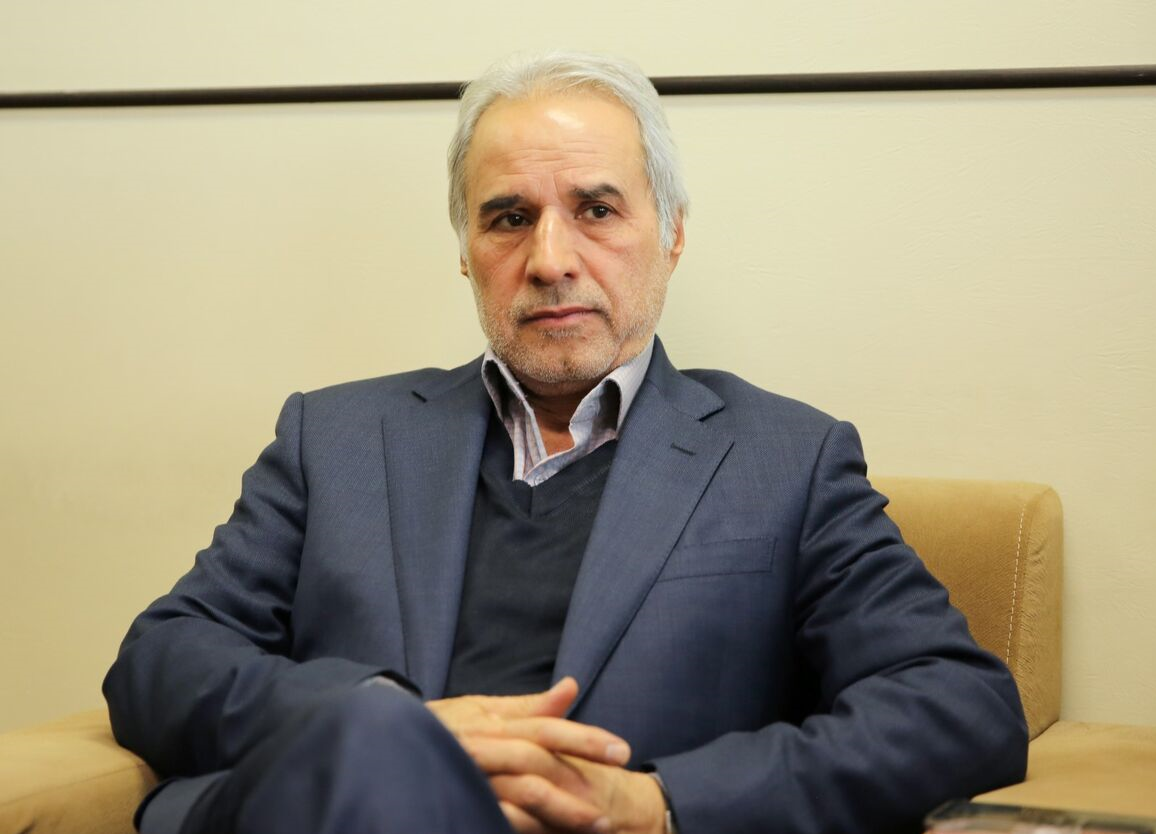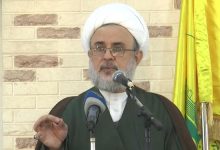Details of 14 strategic plans to get rid of crude oil sales

Hoshang Fallahtian, deputy planning officer of the Ministry of Oil, in an interview with the economic reporter of Fars news agency, referring to the latest measures taken by the ministry to develop the value chain of the oil industry, said: since the past years, the Supreme Leader has always emphasized the issue of getting rid of crude oil and completing the value chain of the oil industry. And this issue has been specially placed on the agenda of the Ministry of Oil in the 13th government.
He added: In this regard, approval in principle for the construction of new refineries with a total capacity of 2 million barrels has been issued for the non-governmental sector, and many of these plans are in the stage of activity and the beginning of the implementation of projects. Of course, the status and progress of these plans are different.
Fallahtian continued: According to the decision of the 13th government, the focus has now been placed on a number of specific petroleum refining projects, and regular meetings with the first vice president will be held continuously to advance these plans so that a leap in the construction of new petroleum refineries can be made.
Deputy Planning Minister of the Ministry of Oil said: The Resistance Economy Headquarters, headed by the First Vice President, has selected the priority projects of the oil industry under the strategic projects of the Resistance Economy, and all the energy of this headquarters is to focus and untangle these projects in order to create more momentum in them than in the past. .
* The latest status of Shahid Soleimani, Mehr Gulf of Persia, Marwarid Makran and South Adish refineries
He explained: Among these projects, we can mention the Shahid Soleimani Petrorefinery, which is located in the vicinity of the Persian Gulf Star Refinery in Bandar Abbas. The country’s major holdings and banks have become shareholders of this project, and we were in the process of obtaining the approval of the Money and Credit Council for the participation of banks in this project, when this approval was obtained.
Falahatian stated: The project company has already been registered for this plan and its CEO has been selected. The land allocation problem has been almost completely solved and this project is on the verge of implementation and its work will start soon.
The Deputy Minister of Planning of the Ministry of Petroleum said: Makran Mofid Petrorefinery Project (Mawarid Makran) with a capacity of 300,000 barrels of crude oil is also one of the other priority projects. The shareholder of this project is the executive headquarters of Farman Imam and fortunately this project is in the operational phase and 1000 people are working on the site. are work
He added: This project has passed the problems of shareholders and obtaining approval for the participation of banks and is in the stage of recording physical progress. According to Note 18 of the 1401 budget law, 1500 billion Tomans of facilities were granted to the Makran pearl project and these supports will continue until the end of the project.
Fallahtian said: Another one of these priority projects is Mehr Persian Gulf refinery with a capacity of 120,000 barrels of gas condensate, which is located in the vicinity of Persian Gulf Star refinery. This project is in charge of Khatam-ul-Anbiya camp and its physical progress is 40%.
Deputy Planning Minister of the Ministry of Petroleum said: With the support of the Ministry of Petroleum, the amount of 500 million dollars has been decided to be given crude oil to this project according to the note one of the budget law of 1402, and after the operation of the project, this amount will be distributed within three years from the place of sale of the products or It will be refunded in cash. In this way, the knot of this project has been opened with the cooperation of the Ministry of Oil and the Parliament, and soon the progress of this project will gain a high speed.
He said: South Adish refining project with a capacity of 60,000 barrels of gas condensate is the next project, and the progress of this project is about 85%. We hope to see the launch of this project by the end of this year.
*Details of negotiations for the construction of Khuzestan refinery with foreign investment
Deputy Minister of Planning of the Ministry of Oil said: It is also looking for the construction of a 180,000 barrel refinery in Khuzestan with the participation of a foreign investor, and the negotiations are ongoing. If the agreement and contract are signed, notification will be made soon. In this plan, 20% of the National Refining and Broadcasting Company and 80% of foreign partners will be shareholders and finance the project.
He continued: Of course, in this plan, we are looking for the development of the oil field to the development of the value chain and the construction of the refinery with the participation of foreign investors.
Falahatian emphasized: In addition to the construction of large refineries, supporting the development of mini-refineries or small refineries is also on the agenda, and a significant number of approvals in principle have been issued for these projects. Small refineries are designs that mainly have a refining capacity of 5 to 50 thousand barrels.
Deputy Planning Minister of the Ministry of Oil said: “In Khuzestan province, we have defined about 4-5 mini-refinery plans of 50,000 barrels.” Plans have also been defined in other regions where there is potential for food supply, for example, these plans have also been defined in Hormozgan and Bushehr. Our strategy has been to define plans with the investment of banks and holdings and using the capital market capacity, and of course, partnership letters have also been signed for investment.

Refineries are required to spend 40% of the refining profit on product quality improvement
Fallahtian said: Quantitative and qualitative improvement plans of the existing refineries are also on the agenda under the law to support the development of downstream industries. Currently, the Euro 4 diesel production plan in Isfahan Refinery has been completed and is ready to be opened. In this plan, 16 million liters of diesel per day are produced with the Euro standard.
Deputy Minister of Planning of the Ministry of Oil said: This year, the oil and gas purification and isomerization plan of the Shiraz refinery will be completed. Also, the plan of hydrogen treatment of oil and gas, hydrogen production and sulfur recycling of Tabriz refinery is also put into operation.
He added: In parallel, we pursued a plan in the Islamic Parliament so that the existing refineries would have more motivation to implement quality improvement and fuel oil reduction projects. With the support of the parliament, a resolution was passed according to which all refineries in the country must allocate at least 40% of their profits to quantitative and qualitative improvement projects, and if they do not implement these projects according to the schedule of the Ministry of Petroleum, a 5% discount on their feed prices will be affected. Placed.
* 6 key plans of the petrochemical industry for the development of the value chain
Falahatian emphasized: Among other plans that we have focused on in the field of raw materials, is the plan to increase ethane extraction in 18 phases of South Pars. With the implementation of this plan, a great thing will happen and the productivity and recovery coefficient will increase. With a credit of 600 million euros, the operation of this project will start soon, and the produced ethane will be used as petrochemical feed to complete the value chain.
Deputy Planning Minister of the Ministry of Oil said: Alai Mehestan petrochemical project is also one of the other priority projects. In this plan, a propane to propylene PDH conversion unit will be built and then polypropylene will be produced from propylene. The capacity of this project is 450 thousand tons. The progress of this project is 17% and it belongs to Al-Azah Investment Company.
He said: The plan to convert propane to propylene PDH of Tadbir Petrochemical is one of the other priority projects in the resistance economy headquarters. With the support of this plan, God willing, with a credit of one billion dollars, the progress of the project will speed up. Pars Petrochemical PDH project is another project that produces 600 thousand tons of propylene and then 500 thousand tons of polypropylene.
Falahatian pointed out: Kian Petrochemical is also a heavy project whose feed includes three parts: ethane, LPG and heavy cuttings, and it produces products such as ethylene, polyethylene, benzene, ethylbenzene, styrene and a chain of other products that are used as raw materials. Complementary industries are used.
The Deputy Planning Minister of the Ministry of Petroleum said: These projects will be carried out with an investment of 2.85 billion dollars mainly by Parsian Oil and Gas Company and Petrofarhang, and we are trying to put the petrochemical projects into operation in the shortest time in 1404 and 1405 with their support.
He stated: This year we are witnessing the launch of new petrochemical projects; Gachsaran Petrochemical will be put into operation soon within one to two months. Also, the ammonia-urea project of Hemgan Petrochemical, Ardabil Artanergy Petrochemical, and Aryan Methanol Petrochemical of Asalouye will be put into operation this year.
Falahatian added: Salman Farsi Petrochemical is also one of the country’s strategic projects, which has a physical progress of more than 60%. It is unlikely that this plan will be used this year, but next year, God willing, it will enter the circuit.
According to the economic reporter of Fars news agency, the leader of the revolution in his speech at the beginning of the year at Motahar Razavi shrine, referring to the need to get rid of the sale of crude oil, stated: Another important flaw of our economy is the export of crude oil. When we exported oil to the Europeans, the profit of the European governments was more than us, who owned the oil and extracted it.
Thus, getting rid of crude oil sales and developing the value chain in the oil industry as a key strategy in 1402 should be given more attention to the Ministry of Oil than in previous years, although the recommendations and emphasis of the Supreme Leader on this issue is a new thing and For decades, they have emphasized on completing the value chain.
end of message/

